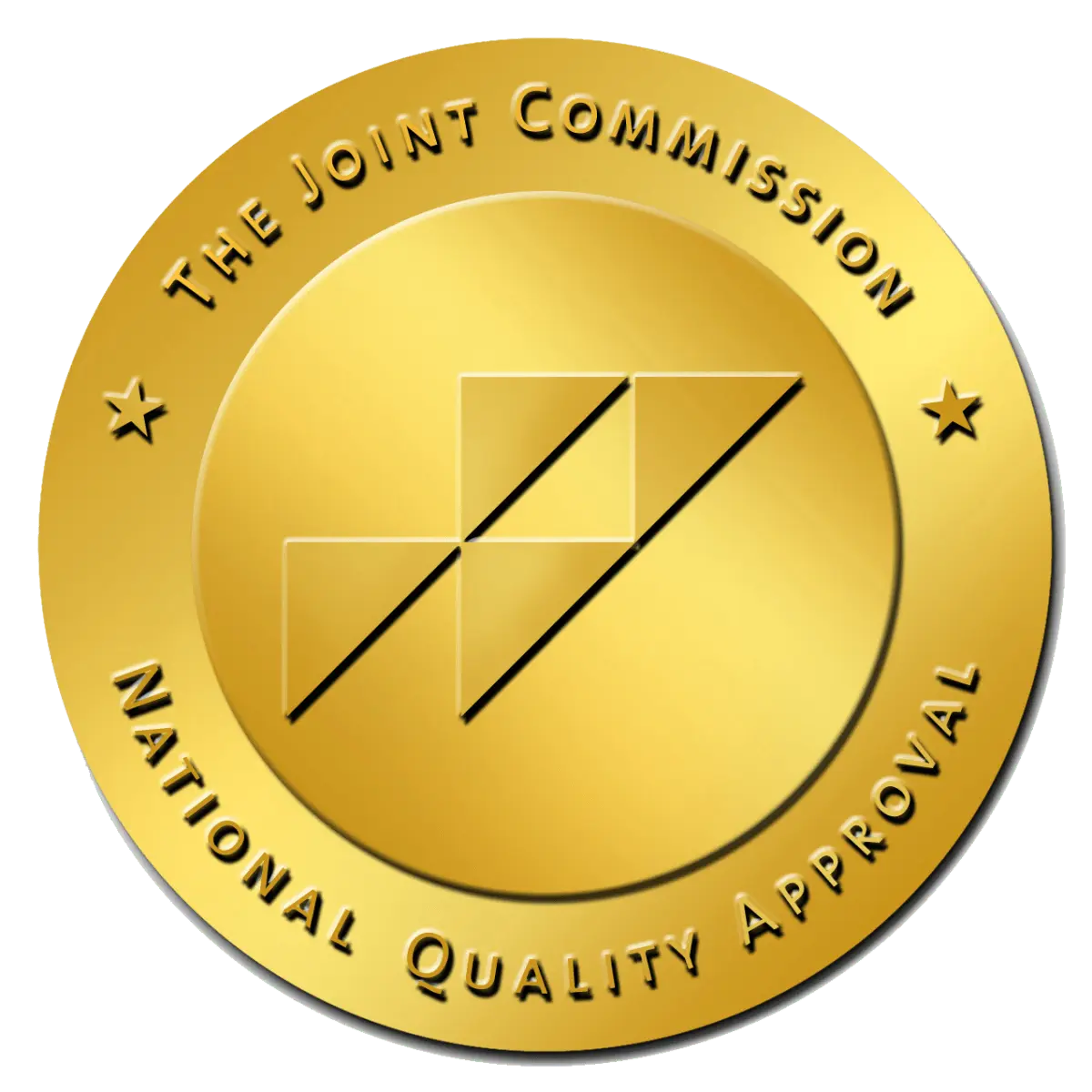The opioid epidemic has affected Americans of all ages, but it’s hitting younger adults particularly hard. The prevalence of opioid abuse in young people is a complex issue, and it’s vital to understand what causes this abuse.
It’s also important to understand why so many young adults are unable to get help for their addiction problems. Understanding why so many young adults are affected by opioid abuse and working together to help them escape it can make a difference.
The Impact of the Opioid Epidemic on Young People
The opioid epidemic is having a very real impact on the lives of young adults. In general, teens and young adults are more likely than older people to begin using opioids recreationally. Others become addicted after they start taking prescription medication for pain management or emotional distress.
Young adults are also more likely than older adults to die from an opioid overdose. This is because their bodies haven’t yet built up tolerance levels. With low tolerance levels, they are more likely to accidentally take too much at once. This leads them to be more likely to experience dangerous side effects like coma or death.
Given that many young adults turn 18 during their last year of high school, they need to understand what kinds of risks may come with taking medications prescribed by physicians. It’s also important for them to know how best to avoid getting caught up in risky behavior. Such behaviors include binge drinking and alcohol consumption combined with drugs.
Why Does This Problem Seem to Be More Prevalent Among Young People?
The Centers for Disease Control (CDC) explains that young people, are more likely to take opioids than other age groups. This agency points to the fact that doctors prescribe opioids at a higher rate for younger patients.
Young adults are also more likely to have been prescribed opioids in the past. As well, young people are more likely to be prescribed high doses of these drugs for an extended period. All of these factors increase the likelihood of developing an addiction and subsequent abuse or misuse.
The CDC also reports on data from the National Survey on Drug Use and Health (NSDUH). This data shows that among those ages 12 to 25, nearly two million were dependent on prescription pain relievers in 2016 alone. Over half had used heroin by 2017.
Additionally, there was an overall increase in opioid use among young people between 2002-2014. Opioid dependence increased from 0.7 percent to 1.5 percent during this time period, according to NSDUH data released by the Substance Abuse and Mental Health Services Administration (SAMHSA).
What Are Some of the Risk Factors for Young People in This Situation?
A young person’s risk of becoming addicted to opioids can be increased by several factors, including:
- A family history of addiction: Those who have family members who struggle with drug abuse may have an increased risk of developing substance use disorders.
- A mental health disorder: People with depression or anxiety are more likely than their peers to misuse prescription drugs. This can lead them down the path toward opioid addiction. It is particularly true among military veterans and veterans struggling with post-traumatic stress disorder (PTSD). In fact, veterans who suffer from PTSD are 20 times more likely than non-veterans to abuse opioids. This is according to the University of South Florida’s National Center for Veteran Studies.
- Being in the LGBTQIA+ community: Those who identify as gay or lesbian are twice as likely as heterosexual adults to misuse prescription painkillers, such as Vicodin. Similarly, those who identify as bisexual are almost twice as likely than their straight counterparts to misuse substances. These statistics suggest that members of the LGBTQIA+ community may face additional challenges when it comes to accessing treatment programs for substance abuse. This could make recovery even harder for this population down the road.
- Being homeless or incarcerated: Homelessness or imprisonment also puts young adults at high risk for opioid addiction. Both situations expose people to higher levels of drug use and lower levels of treatment options.
How Can We Help More Young Adults Get Into Treatment Programs and Beat Addiction?
To help more young adults get into treatment programs and beat addiction, we need to treat it as a disease. It is not a moral failing. The stigma surrounding drug abuse is so strong that many people don’t feel comfortable seeking out help for themselves or loved ones. It is time for us to change the way we think about substance abuse.
It’s also important to make sure there are more access points for treatment programs. This is especially true in areas where there are large populations of young adults who might be at risk for developing opioid addiction disorder (OAD). For example, colleges should offer more resources; some examples include counseling services and on-campus recovery centers that offer support groups and other services. Increasing these services would help combat the OAD epidemic among college students and ensure that those who could benefit most from these resources have access.
The opioid crisis is far from over. As long as there is stigma around drug use and addiction in our society at large, this problem won’t disappear. But we can take steps toward addressing this problem by destigmatizing substance abuse disorders. This will allow people to feel comfortable talking about these issues openly rather than keeping them secret from family members or friends.
It is apparent that the opioid epidemic is a serious problem among young adults. While it may be tempting to believe that this is simply a consequence of our times, it’s important to remember that there are individuals behind these statistics who need help. By better understanding why so many young adults are affected by opioid abuse and working together to help them escape it, we can make a difference! This is why it’s so important for all of us to continue raising awareness about this issue. If you or someone you know is struggling with addiction and needs access to an opioid treatment program, call Villa Oasis San Diego at (619) 373-9792.




